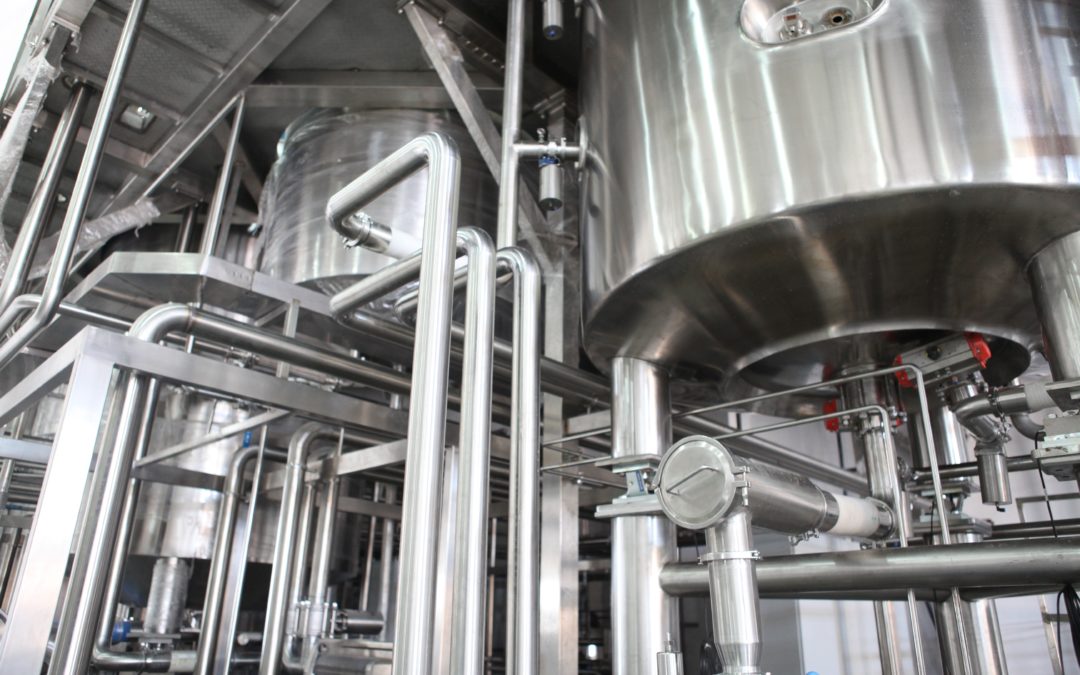What the Future Holds for Precision Fermentation: A Deep Dive Recap
Humans have harnessed the biochemical process of fermentation for millennia, with the oldest traces dating back to more than 9,000 years ago. Although we might not always think of our predecessors as biochemists, in many senses, they were.
Long before humans could see what was occurring on a microscopic scale we had discovered advanced techniques for domesticating microbes, allowing us to change the chemical makeup of our food and other useful products. Cheese, beer, kimchi, miso, and tempeh all played key roles in food development, resulting in foods and beverages that were safer to consume, lasted longer, and had better nutritional content.
But although we have long ago mastered these arts of traditional fermentation, we aren’t done with the process yet.
Precision fermentation is the name for the most cutting-edge biochemical processes that scientists are currently developing. With our increased knowledge of biological processes, we’re starting to be able to fine-tune traditional fermentation to produce new products with less waste, in some cases moving away from consumables entirely. These new processes apply biological engineering, artificial intelligence, machine learning, and more, reprogramming microbes to make specific customized molecules in food, pharmaceuticals, and material fuels.
The result: Bio-identical or novel molecules that use far less water, land, and energy to produce. But how does precision fermentation work, and what differentiates it from traditional fermentation?
Traditional vs. Precision Fermentation
Traditional Fermentation is the process by which microorganisms break down sugars into useful components. Live microorganisms are used to change foods, flavor, texture, or nutritional content. In contrast, precision fermentation uses microbial hosts as self-factories for producing specific functional ingredients. These can be enzymes, flavoring agents, vitamins, natural pigments, or fats.
Precision fermentation processes are genetically or mechanically directed to produce new components. Once a target molecule is identified, precision fermentation engineers can work backward to design microbial host organisms that will be able to produce the desired compound. Engineers are able to encode genetic instructions into the host organism’s DNA which can direct it to make the right changes to a compound.
While this kind of highly specific precision fermentation has the potential to change many of our common biochemical processes, there’s still a lot of work to be done in the field. One of the challenges facing precision fermentation on a commercial level is the requirement to develop scalability of the desired processes.
What Has Changed in the World of Precision Fermentation?
Protein Folding Advances
For decades, scientists have struggled to find a quick and inexpensive way to determine protein shapes from amino acid sequences. While the amino acid sequences are quite easy to produce, predicting protein structures often took far longer, requiring significant hands-on and in-lab testing.
Being able to predict protein shapes would make it far easier for scientists to read, and then eventually create, proteins that can do specific tasks. Such a reading technology could revolutionize the speed of designing new proteins, allowing engineers to use more proteins to facilitate new precision fermentation processes.
Luckily, it seems that we’re on the cusp of such a discovery. In 2020, a company called AlphaFold unveiled an AI-based algorithm that is capable of producing extremely accurate protein shape predictions. Scientists are hopeful that this development will speed up the progress of precision fermentation development.
Development of Second-Generation Sugars
Precision fermentation requires the use of large amounts of feedstock, or the substance that will be acted upon by the specific organism, eventually becoming the target molecule. Right now, many of these feedstocks are common sugars. But as precision fermentation grows, scientists are looking to other non-edible sugars to keep land use down, and inhibit competition with the food sector.
Second-Generation Sugars may turn out to be compounds like methanol, formic acid, and ethanol, all compounds that are readily available, but not edible.
Companies Aimed At Designing New Facilities
One of the most significant obstacles facing precision fermentation in the last decade has been cost viability and facility availability. Many of the facilities in use today were designed decades ago for entirely different processes. While they’ve been retrofitted to support high-quality precision fermentation processes, many are not designed to work with brand-new substances, such as methanol.
The good news is that there are companies such as Liberation Labs working hard to produce economically viable plans to produce more specialized facilities. While there are still formidable challenges, such as picking the most commercially useful end products, companies are developing solutions to bring precision fermentation production up to scale.
Geography presents another problem. Experts suggest that the best way to bring novel proteins up to a broad commercial production scale is to produce the proteins in many different locations around the world. The current system of legacy precision fermentation facilities in the U.S. doesn’t support this business model. By developing new precision fermentation processes that require less water and other key resources, we can create opportunities for these plants to be built in a variety of new locations.
Next Steps: The Problem of Proving
The science of precision fermentation is developing at an astonishing rate, which is, of course, a good thing. It also presents certain marketing challenges to companies looking to sell their product and stay in business.
Companies are developing their host proteins and processes so quickly that their best and most viable process might change as often as week to week. A major challenge to commercial success is settling on a process that might be outdated in just weeks or months. However, this is an essential component of bringing precision fermentation to commercial scale viability.
Experts have made clear that one of the next steps for companies to take is to choose a product, and then devote resources to proving it on an intermediate scale. Once this is done, they can then talk about partnerships and production.
Each month, iSelect hosts a series of Deep Dive webinars like this one that examine issues directly related to our portfolio companies and investment thesis. Please register to be notified of future events and join the conversation.






